Your browser is out-of-date!
For a richer surfing experience on our website, please update your browser. Update my browser now!
For a richer surfing experience on our website, please update your browser. Update my browser now!
Urban Edge - Thresholds of the Public Realm defines new urban edges between the public and private realm, presenting thresholds which can accommodate the existing diverse activities and occupations, enhancing the heritage experience and everyday living of the Raja no Hajiro neighbourhood. Although in the midst of a congested and chaotic urban fabric, the Raja no Hajiro neighbourhood has potential to be an inviting space for pause, to complement and to improve the experience of surrounding heritage. The intent is to reclaim the privately territorialised space back into the public realm and redefine the experience of the ‘everyday’, with its heritage, commerce, domesticity and culture.
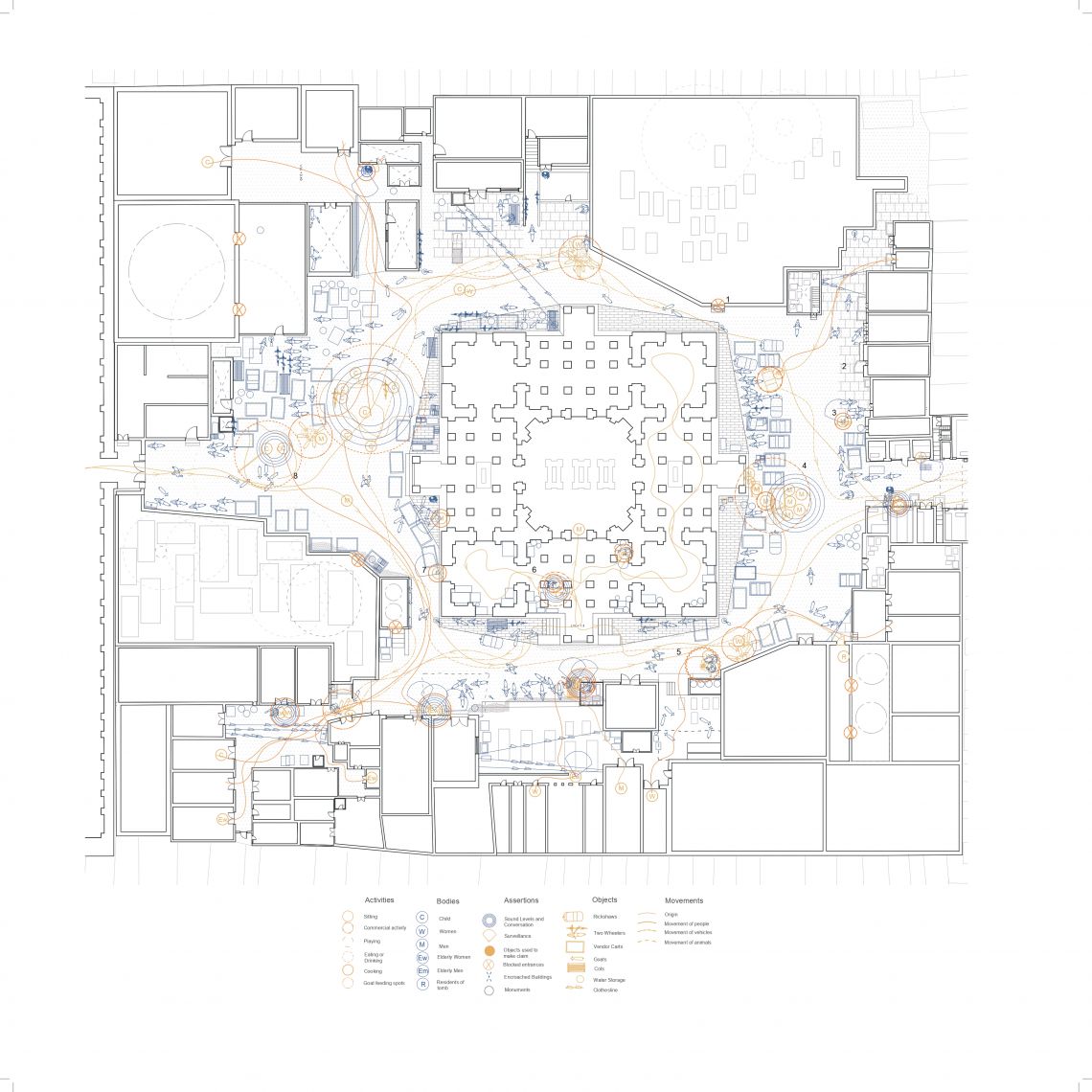
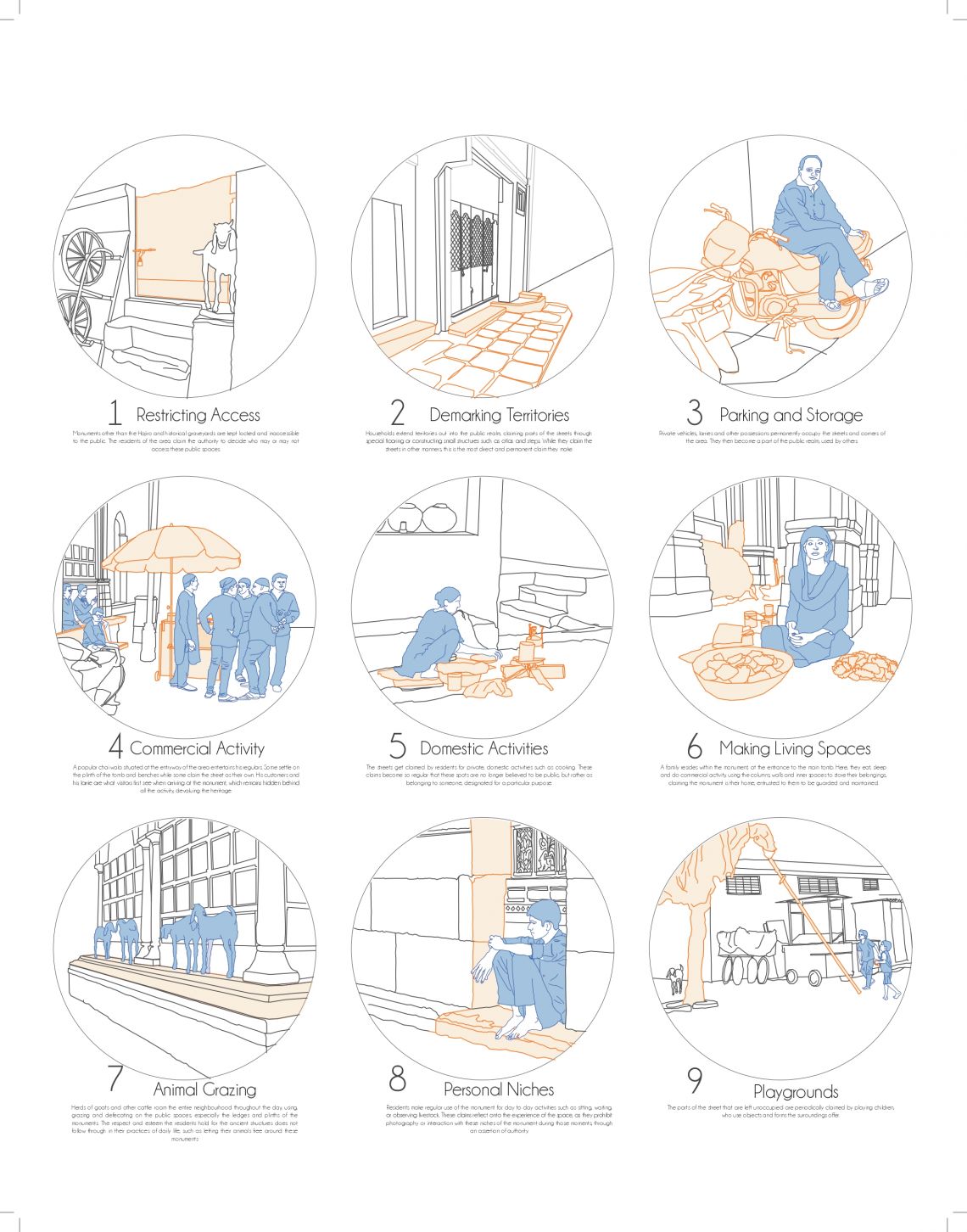
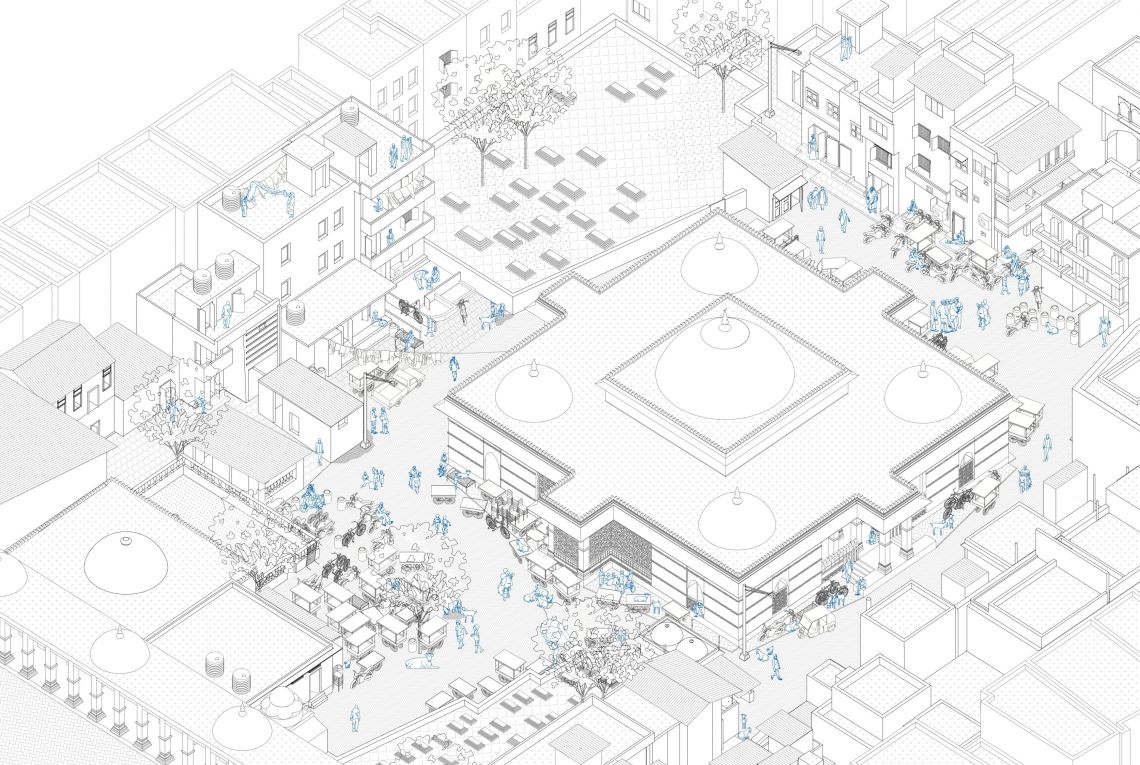
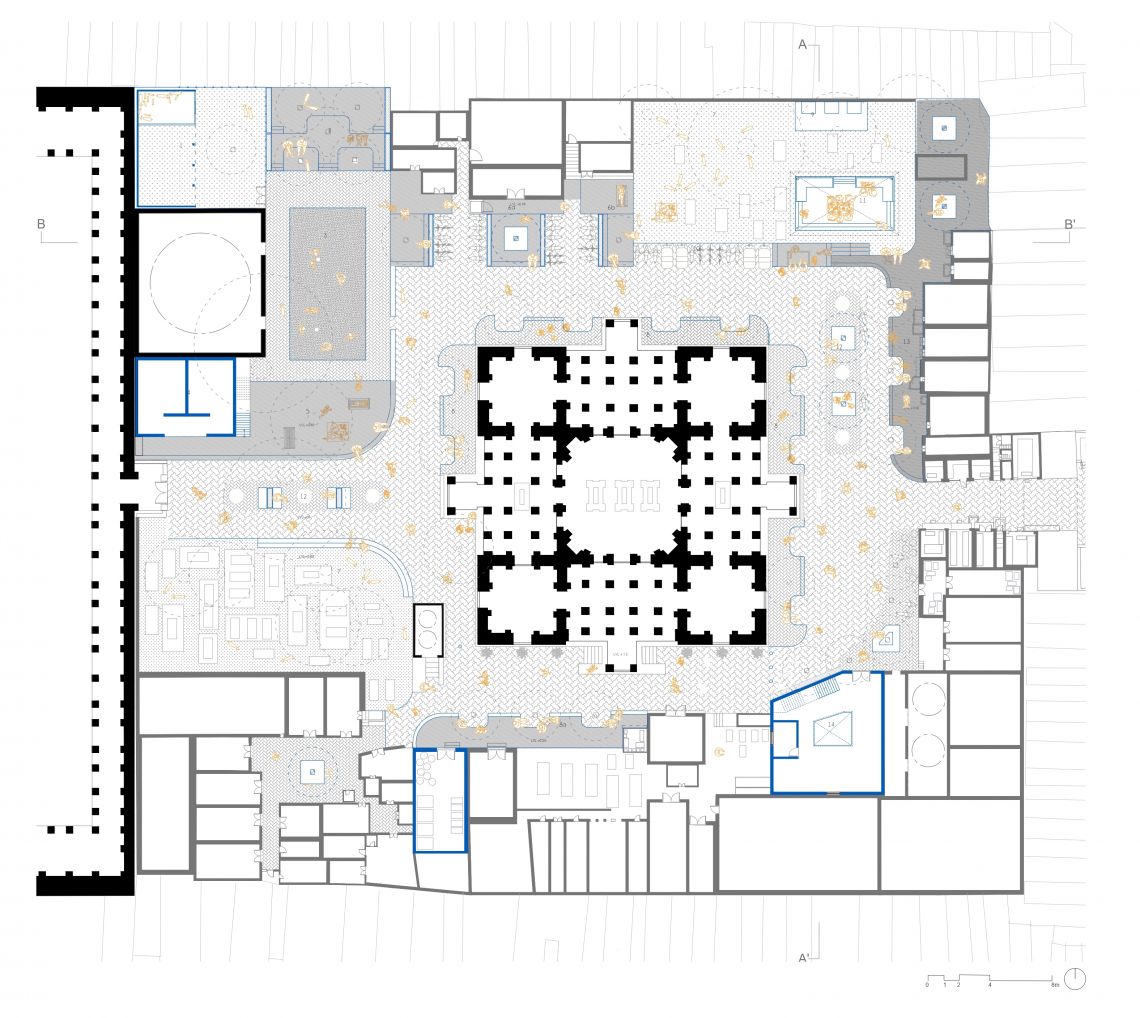
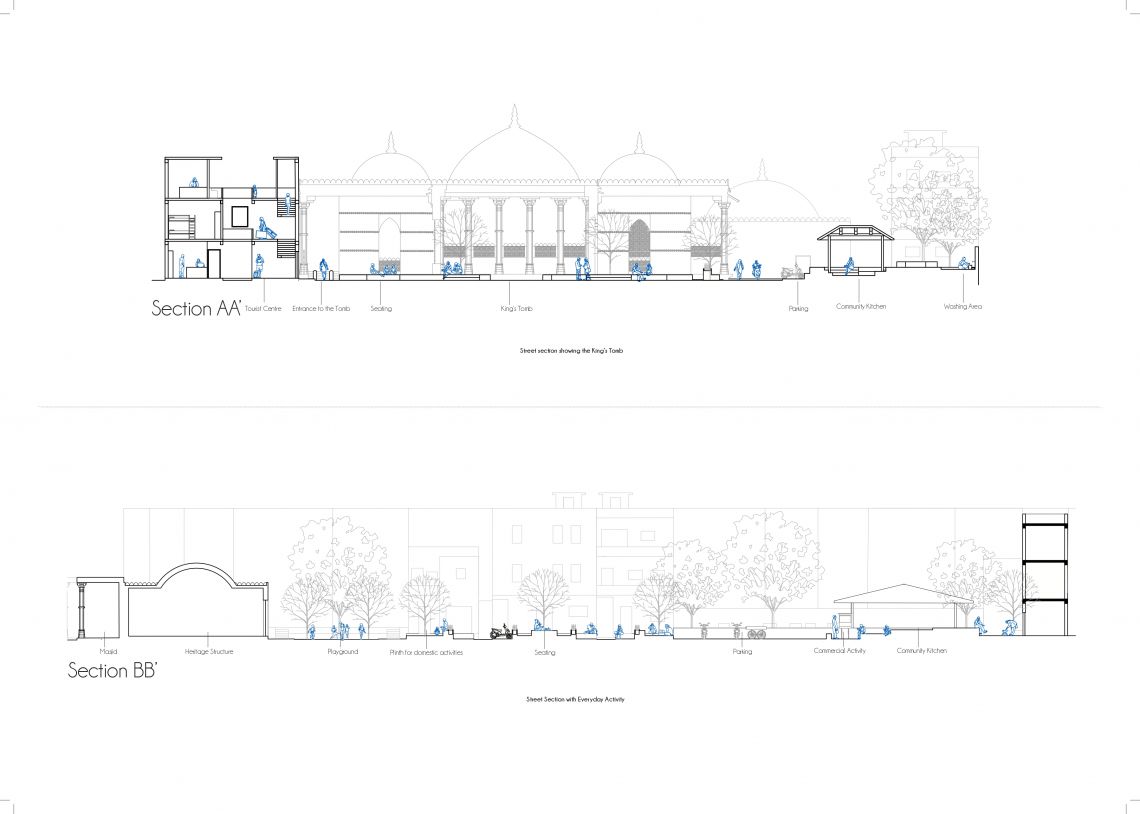
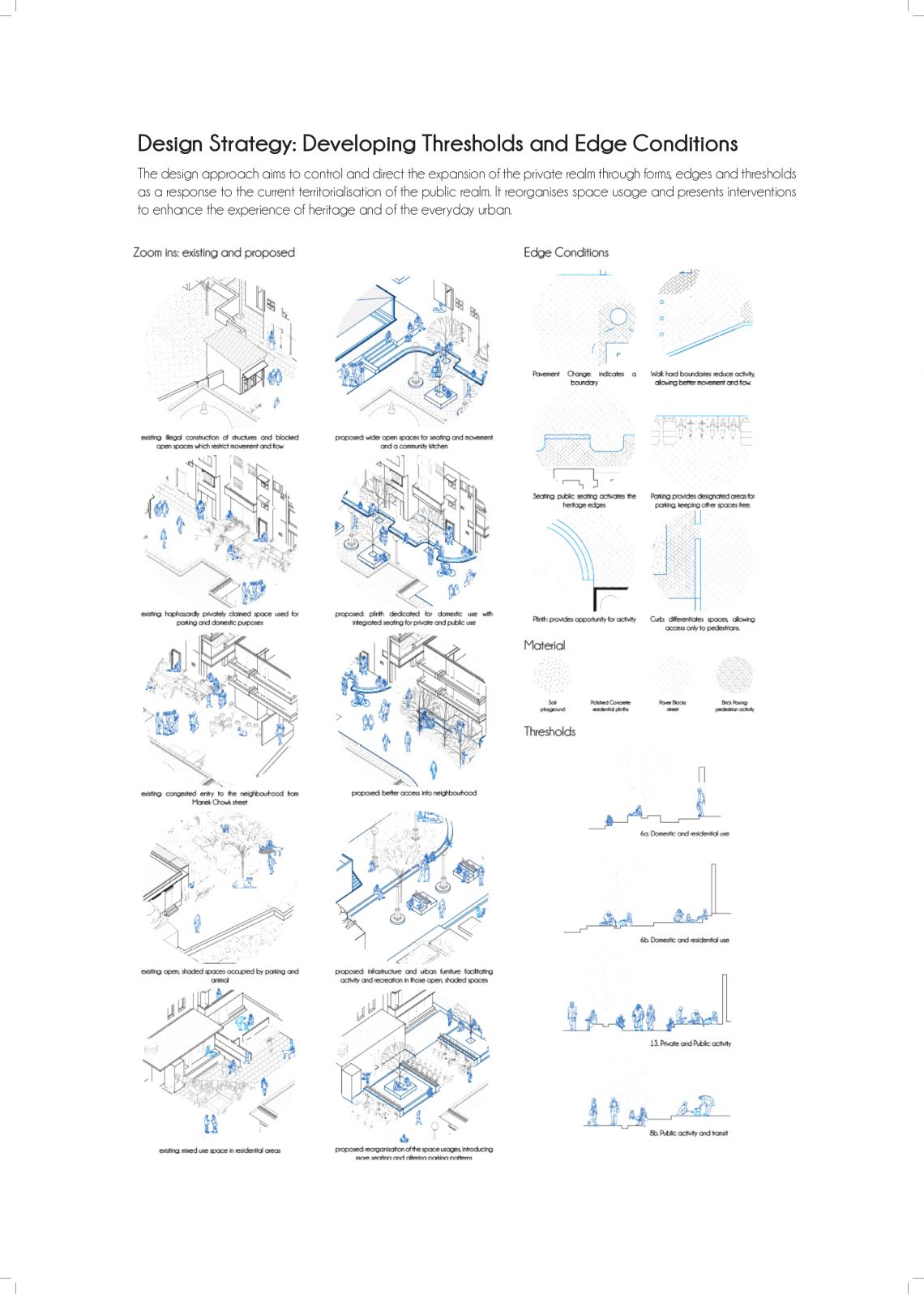
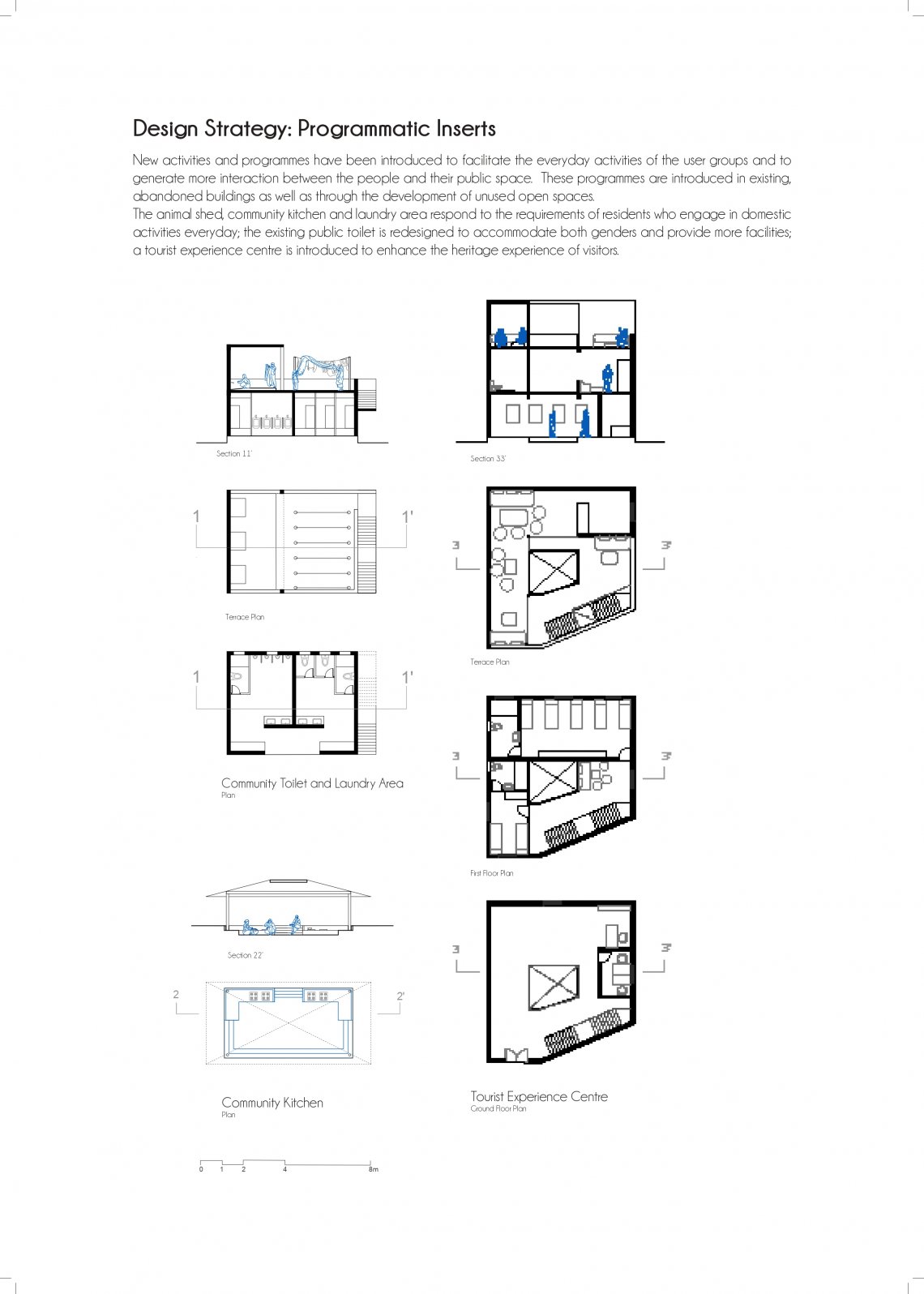
.jpg)
.jpg)